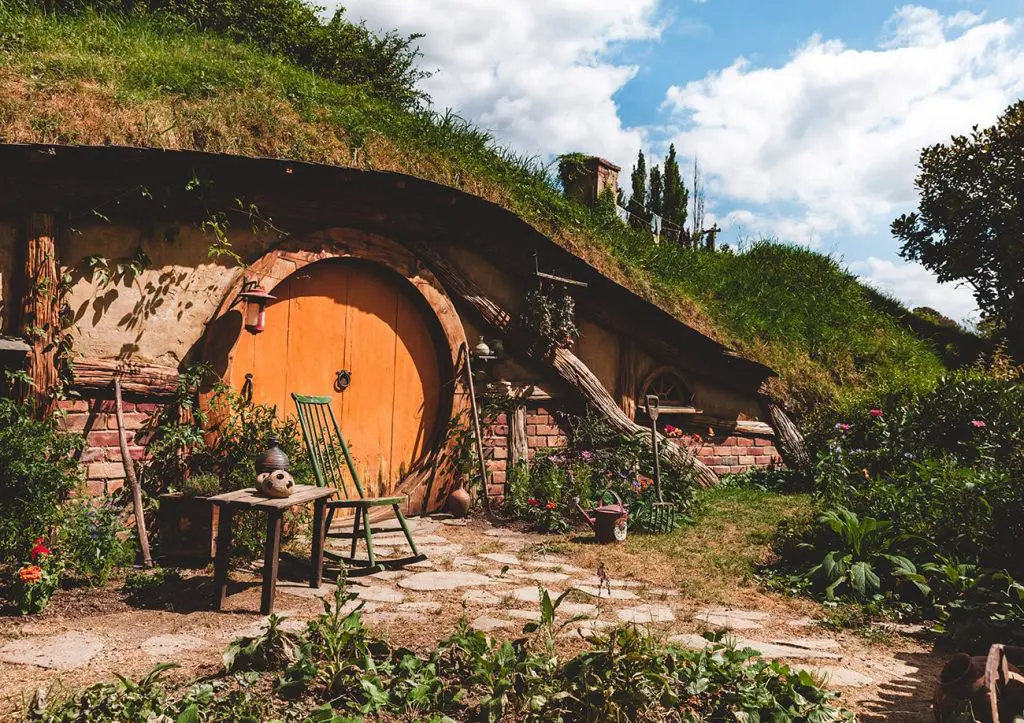
What is Biophilic Design?
Biophilic design connects our innate love of nature with the modern concrete jungle. It seeks to reintroduce the patterns and features of nature back into the synthetic environment of contemporary architecture, which in turn will offer numerous benefits in terms of human health and sustainability. This is why in 2022, Biophilic design is not merely a trend but a growing movement.
To understand the implications of biophilic design, we must first understand the power of our evolutionary phobias. The human species has deep wild roots and carries primordial adaptive responses to the natural world. When people see snakes and spiders, their flight or fight instincts fire up. Their adaptive response reminds them through deep genetic trauma that the animal is dangerous. After all, our earliest ancestors were the very prey of snakes and other reptiles.
Similarly, biophilic design uses the same circuit of adaptive responses with the difference that it focuses on the positives. For 99% of human evolution, we’ve been deeply connected with nature and the natural landscape. Incorporating elements such as wood, wool, plants, and water will reignite the human spirit and uplift the home environment.
Features of Biophilic Design
Biophilic design focuses on recreating natural habitats that benefit human health, fitness, and well-being. Only patterns and elements that have a positive relationship with our survival history fall under the umbrella of biophilia. Aiming to mimic a desert habitat with hot, dry air and monochromatic colors is not a biophilic design since we can expect productivity and mental health to plummet.
The overall design should be all-present – the natural elements cannot be isolated or transient. The biophilic habitat is a system of spaces with a similar concentration of natural elements. A living room full of plants that transitions into a lifeless marble kitchen lack coherence and fails to mimic the complexity and liveliness of the natural habitat.
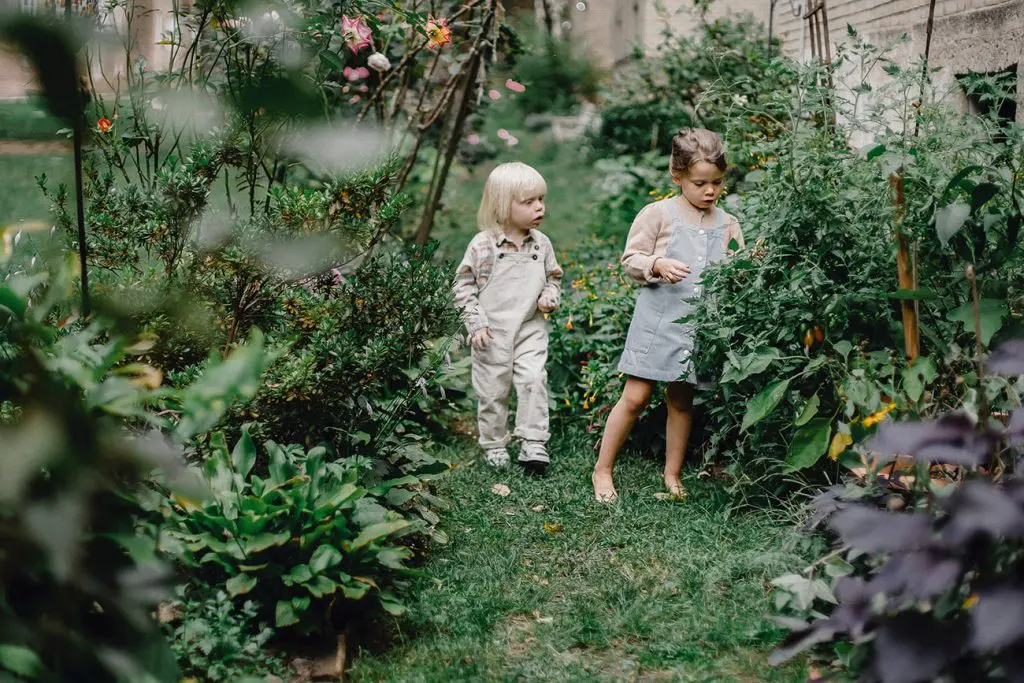
Biophilic design creates spaces that evoke emotional attachment. The natural habitat we create must have an evolutionary charge with natural elements that induce positive feelings and memories. We would want to identify with the environment and draw energy and positive reinforcement from it.
Apart from our personal relationship with the habitat, the design should also foster healthy social interactions. Spacial context plays a vital part in the type of group environment people create. Incorporating natural elements that have stress-reducing properties will generate positive social exchange and healthy relationships.
The application of biophilic design happens through the use of natural elements that can be classified as direct and indirect experiences of nature. For the sake of understanding the basics, let’s look at a few of these attributes.
Direct Experiences of Nature
Light
The experience of natural light is vital for mental and physical health. Biophilic design encourages large windows that allow lots of light and create a sense of the sun’s natural cycles. The movement and patterns of the natural rays evoke comfort and satisfaction. Apart from simple exposure, light can vary in level of intensity and shape. Playing with shadows, diffuse, geometrical forms, and reflective colors can assign great complexity, motions, and variety to natural light. All are crucial to creating a healthy habitat.
Air
Natural ventilation is key for any space as it promotes productivity and comfort. Controlling the airflow, barometric pressure, and humidity will dictate the type and degree of natural ventilation. Relying on complex engineering tools might be unrealistic, so a good option would be to invest in operable windows. Access to outside spaces such as balconies or porches is more than healthy.
Water
In all cultures, water is synonymous with life. It is the element that nurtures and gives life force. Our experience of water is met through the senses of sight, touch, taste, sound, and movement. In a built habitat, water influences us best when we digest it through multiple senses. Clean moving water, imitating springs or waterfalls, is best. One can satisfy their natural desire by implementing aquaria, fountains, constructed wetlands, or views of water bodies.
Plants
Nothing brings forth the experience of nature like plants. Flowering vegetation with changing colors is most effective in creating complexity and a sense of natural habitat. The spaces should be abundant with plants and form a balanced ecosystem of local species. Isolated vegetation here and there won’t have enough significance to evoke substantial health benefits.
Indirect Experiences of Nature
Images of Nature
The representation of nature – landscapes, flowers, water, animals – exerts emotional and intellectual benefits. Within the built environment, it’s common to use photographs, paintings, sculptures, videos, or computer simulations of nature and its elements. The representations should be abundant and thematic.
Natural Materials
Natural materials are the sculptured and refined transformations of their original form. They are organic trace elements that are visually stimulating and often carry numerous health benefits. Materials such as wood, wool, cotton, and linen are best for creating natural and pure interior designs. Humans have a deep-rooted survival relationship with such natural materials. Raw organic materials rarely have adverse health effects on people, and often they have rejuvenating properties on the body.
Natural Colors
Humans evolved with colored vision as an evolutionary response to their environment. We use it to locate water and food, as well as to move through space. Our natural visual palate prefers earthy tones and muted colors. Think of soil, fresh and seawater, rocks, and plants. Bright artificial colors should be used only as compliments blooming flowers, animals, or sunups and sunsets. High contrast and strong colors are absent in biophilic design.
Natural Shapes and Forms
Soft shapes that mimic the gentle curvatures of most natural forms are soothing and relaxing to the naked eye. Straight and edged shapes should be best avoided. Relying on the repetitive yet incredibly diverse geometry of the natural world will create smooth space transitions and elegant design. Think of leaf-like patterns, oval forms, or raw animal fabrics. The lively forms will transform any static space into a dynamic breathing habitat.
Benefits
Biophilic design clears the deficiencies of contemporary architecture and forms an alive dynamic habitat. Within the stimulating environment, the human body and spirit are free to experience their natural state. We are in tune with the surrounding space and lose all repression commonly caused by artificial habitats.
Seeing all this, it’s not surprising that biophilic design improves mental health, increases productivity, and facilitates positive social interactions. It has numerous benefits on physical health and fitness, all the while reducing antisocial behavior.
Most importantly, biophilic design reunites us with nature and shows us how dependable we are on Her. Our evolutionary history and biological needs are deeply interwoven with the elements of the natural world. We are biophilic by design.

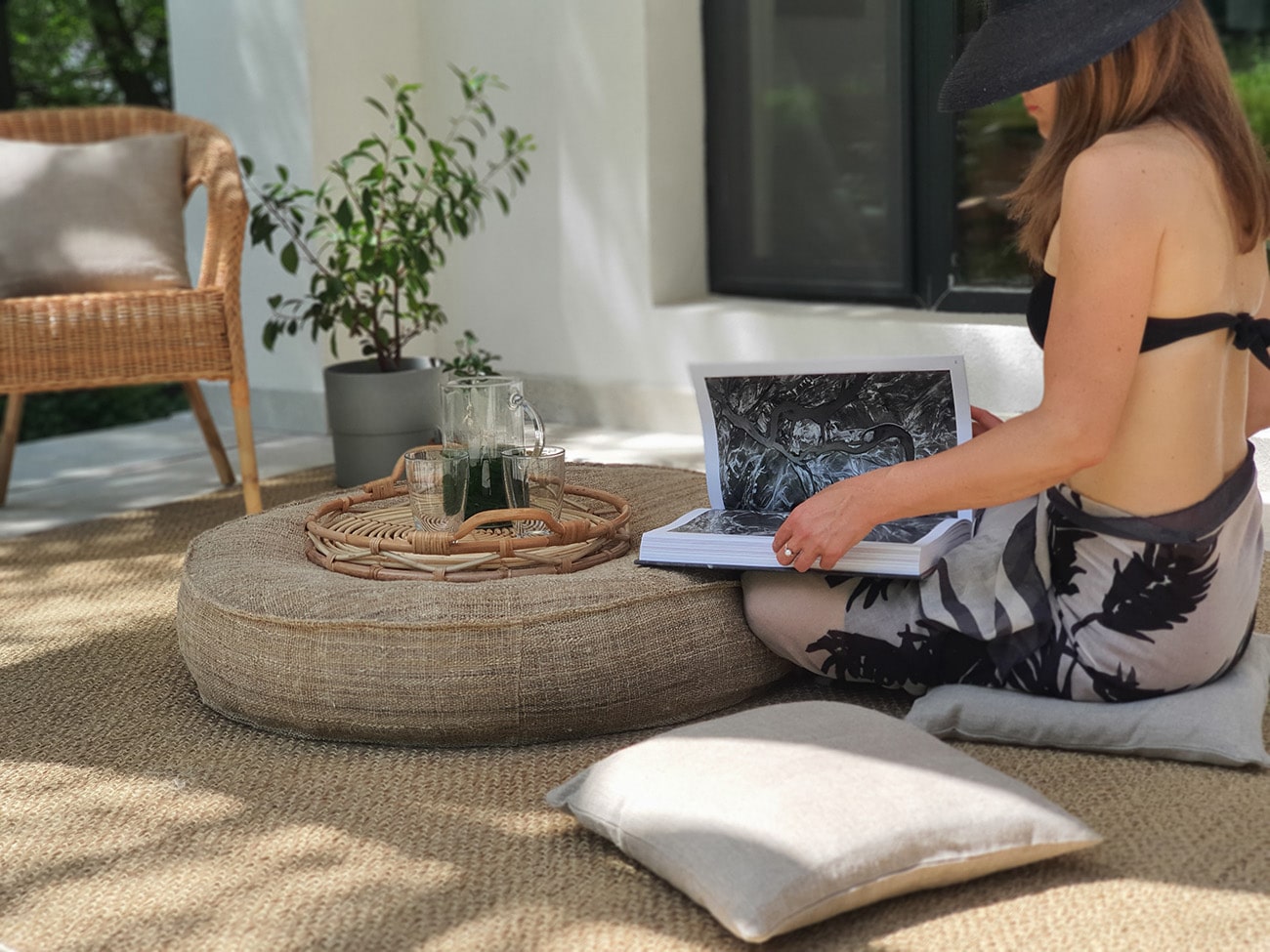
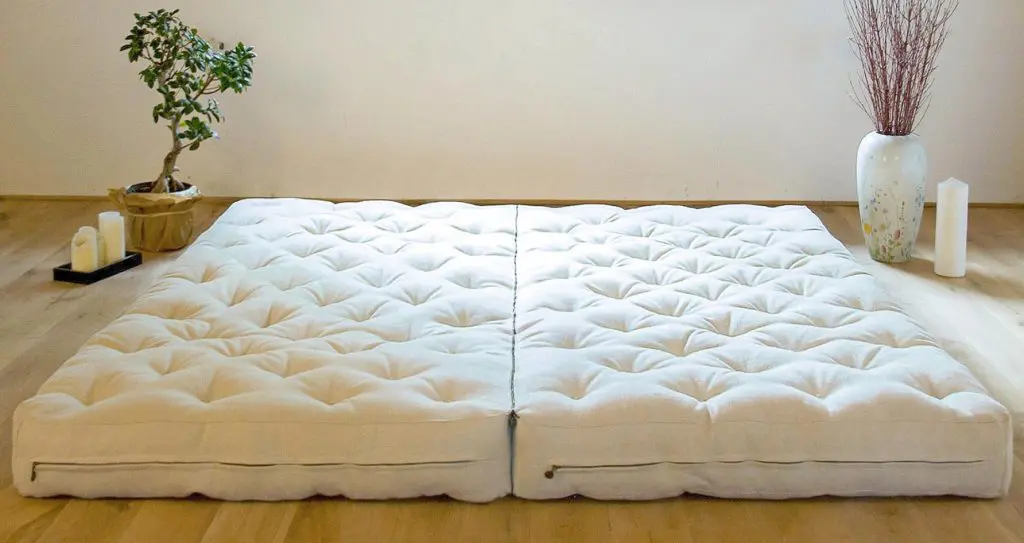

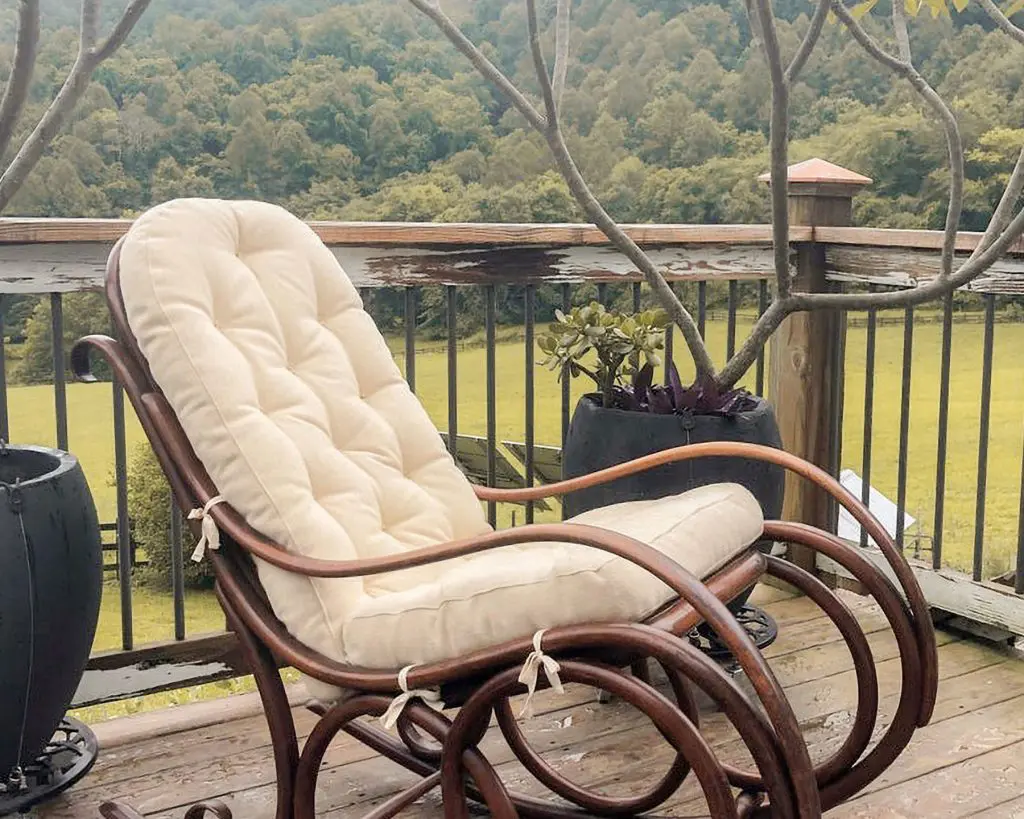
Leave a Reply